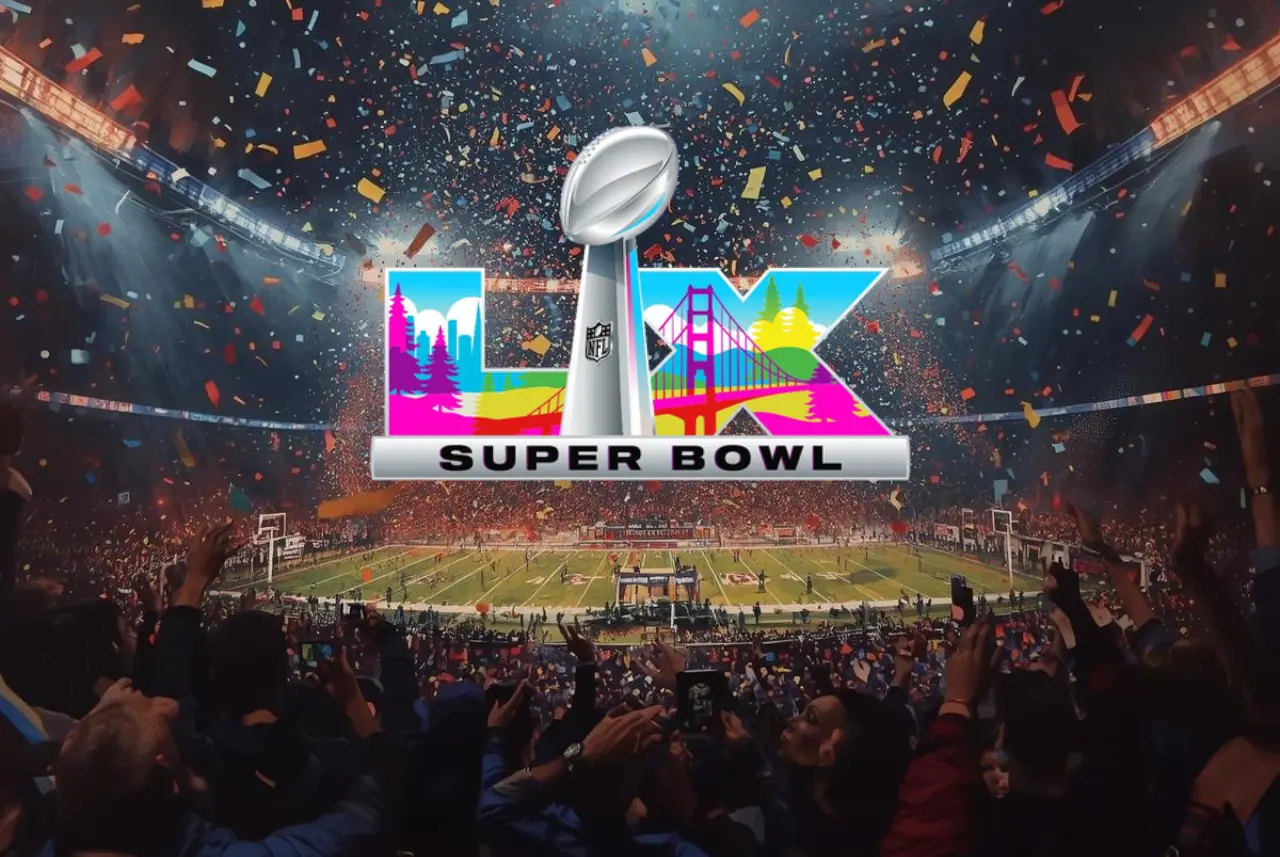
Attending Super Bowl LX is not just about witnessing the most-watched sporting event on the planet—it is about crossing a symbolic border between spectacle, economy, and politics. For the average Mexican, doing so in 2026 (when the game will take place on February 8 at Levi’s Stadium in Santa Clara, California) could cost the equivalent of half a year’s average salary.
According to specialized sites such as TickPick and Roadtrips, the cheapest resale tickets start at US$6,500, while official packages that include airfare, lodging, and game access exceed US$11,975 per person. Converted to Mexican pesos, based on the current exchange rate (19 MXN/USD), that represents an expense of between 124,000 and 228,000 pesos, not including meals, transportation, or souvenirs.
If we add a round-trip flight from Mexico City—around US$1,000 (19,000 MXN)—and average hotel prices in the San Francisco Bay Area (between US$400 and 600 per night during that weekend), the final cost for a fan easily climbs above 250,000 pesos or US$13,550. In other words, a sporting dream reserved for the few.
This year’s Super Bowl will also carry an unprecedented Latin flavor. The NFL confirmed that Bad Bunny will headline the halftime show, marking the first time a male Latin artist leads that stage. The announcement—made on September 29, 2025, by Apple Music, Roc Nation, and the league—sparked both excitement and controversy.
The Puerto Rican superstar, who has conquered the world’s biggest festivals, is expected to deliver a performance that Reuters described as “a love letter to Latin culture.” But in the current political climate of the United States, his show is also seen as a symbolic act of defiance in an increasingly polarized environment.
Bad Bunny, who has openly denounced xenophobia and racial violence, will take the stage with millions of Latino viewers watching from home—many of whom, paradoxically, have chosen not to attend the event because of the hostile climate toward immigrants.
The Trump Effect: Raids, Fear, and Absences
Since Donald Trump returned to the White House in January 2025, his administration has reinstated large-scale immigration control operations, particularly in states with high Latino populations such as California, Arizona, and Texas.
In July and August, the Department of Homeland Security (DHS) confirmed more than 9,000 immigrant arrests in surprise raids across the Bay Area and the Central Valley, according to reports from The New York Times and NPR.
For many Mexicans with temporary residency, attending the Super Bowl on U.S. soil implies unnecessary exposure: checkpoints, roadblocks, and immigration inspections that have become increasingly common. Unsurprisingly, the Mexican Association of Travel Agencies reported a 17% drop in bookings to U.S. sporting events in 2025, particularly following renewed political tensions.
“There is fear, there is anger. And there is also dignity: why spend so much in a country that is once again closing its doors to us?”
The Super Bowl has always been a reflection of American economic power, but today it is also a cultural thermometer. While VIP tickets resell for over US$20,000, the debate among Latino audiences revolves around another kind of access—the symbolic one.
Can a Latino enjoy the celebration without feeling the weight of exclusion?
Can a Mexican travel without fearing being judged by their passport or their accent?
This year, the event unfolds with a divided narrative as its backdrop. On the one hand, a halftime show led by a global Latin artist; on the other, an administration hardening its immigration stance, sending contradictory messages about inclusion and diversity.
And while Bad Bunny promises to fill Levi’s Stadium with Caribbean rhythm and Latino pride, thousands of fans in Mexico City, Guadalajara, and Monterrey will experience the game from home—surrounded by tacos, beers, and a hint of irony, as the most-watched spectacle in the world drifts further away from some of its most faithful viewers.
Super Bowl LX will undoubtedly be a ratings success. But it will also serve as a mirror of our times: a divided nation, an unequal economy, and a Latino community that shines on stage, even as it still faces barriers beyond it.
For the Mexican watching from their living room, the game remains a ritual; for the one who dreamed of attending, an unreachable luxury; and for those who see it as a political metaphor, a reminder of how entertainment and power intertwine.
In the end, the Super Bowl is not only played on the field. It is played in immigration policy, in the economy, and in identity.
And for Mexicans, perhaps this year, the true victory will be to keep watching—critically, proudly, and from home—as the most expensive game in the world unfolds.
Related: NFL Confirms Return to Mexico in 2026 with Estadio Azteca Set to Shine Again
Mexican Press Agency is part of ALMA, which is dedicated to news and information about Mexico and Mexicans in the United States and is a fiscally sponsored project of Social Focus, a 501(c)(3) nonprofit organization based in Redwood City, California.